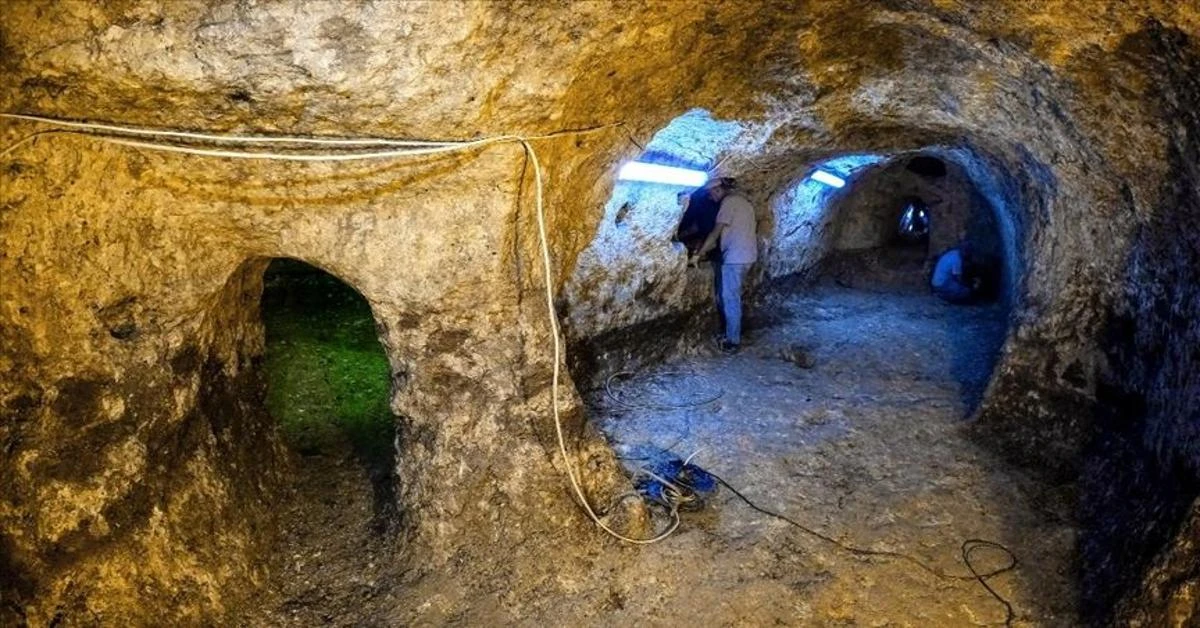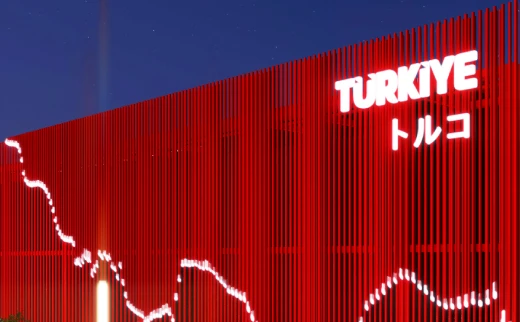Underground city with large cistern discovered in Konya

In Anatolia, the birthplace of civilization, an underground city dating back to the 8th century A.D. and 41 places in the city were discovered
Another underground city, linked by tunnels, has been discovered in the Roman-era underground city unearthed during archaeological excavations in the Sarayönü district of Konya province in Türkiye.
In the underground city, a water cistern that could meet the water needs of about 20,000 people, workshops of various sizes and a large winery were discovered.
Based on the archaeological evidence from the 41 spaces uncovered in the underground city, researchers believe that the underground city was built in the 8th century A.D.
Hasan Uguz, who works at Konya Directorate of Museums and leads the excavation, said, “We have determined that there are tunnel systems connecting these two underground cities. This is a harbinger that the underground city will spread over a much larger area. We will continue our georadar studies in the new year.”
Uguz explained the significance of the cistern in the underground city, stating, “The cistern boasts a capacity of 63 cubic meters (35 cubic feet), accumulating water up to 120 cm (47.2 inches) in height during the summer months. This reserve translates to 63 cubic meters of water, allowing us to calculate the sustainable living conditions within the underground city. Factoring in the wells supplying the cistern, the water reservoir is adequate for nearly 20,000 people, indicating a substantial supply for an entire community. Water analysis confirmed the quality of the source, with the water filtering through the soil and the storage method contributing to its preserved quality throughout the historical period.”
Source: Newsroom



